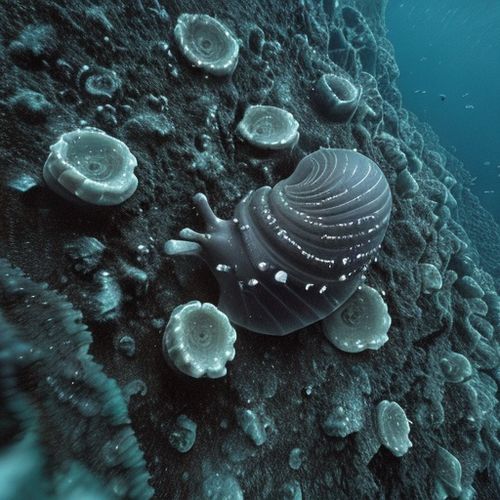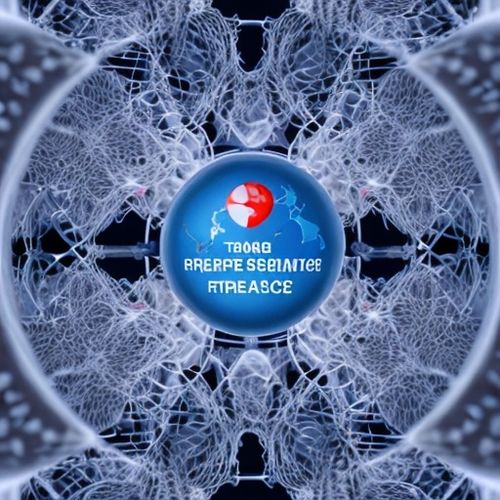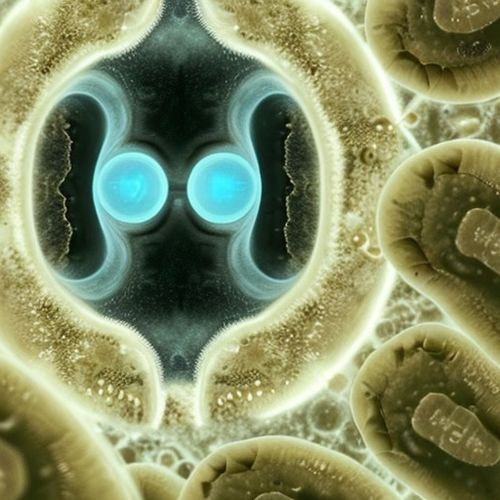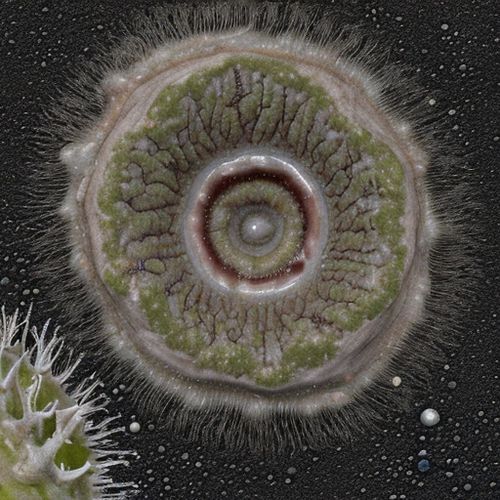In the crushing darkness of the ocean's abyss, where pressures would flatten a human body and temperatures hover just above freezing, scientists have discovered what may be nature's most solitary survivor. A species of deep-sea snail (Alviniconcha spp.) has rewritten the rules of biological endurance, thriving without mates for centuries in hydrothermal vent ecosystems nearly 2,500 meters beneath the Pacific.
The discovery came when marine biologists noticed something peculiar about these fist-sized gastropods collected near Japan's Okinawa Trough. Unlike their shallow-water cousins that typically live 5-15 years, radiocarbon dating revealed these creatures were celebrating 200th birthdays - with some individuals possibly exceeding 300 years. More astonishing than their longevity was their reproductive strategy: the entire sampled population consisted of self-fertilizing hermaphrodites, each carrying both male and female gametes.
These snails have essentially turned their extreme environment into an evolutionary advantage. At hydrothermal vents where temperatures spike to 350°C and toxic chemicals spew from Earth's crust, finding a mate would be biologically impractical. "Their metabolism operates at geological speed," explains Dr. Hiromi Kayama of JAMSTEC, who has studied these snails for a decade. "A single egg formation might take 30 years. When you live where particles move slower than continental drift, waiting for a partner becomes evolutionarily untenable."
The snails' shells tell a story of remarkable adaptation. Growth rings visible under electron microscopy show barely perceptible annual growth - sometimes less than 0.1mm per year. Their shells incorporate rare earth elements from vent fluids, creating a natural radiation shield that may contribute to their incredible lifespan. Genetic analysis reveals another surprise: these populations show almost no genetic diversity, suggesting successful clones have persisted for millennia.
This reproductive strategy comes with extraordinary risks. Without genetic recombination, one disease could theoretically wipe out entire populations. Yet these snails persist, possibly because their extreme habitat excludes most pathogens. Their immune systems show unique adaptations, including antimicrobial compounds derived from symbiotic bacteria that live in their gills. These microbes convert toxic vent chemicals into usable energy, creating a self-sustaining life support system.
Marine ecologists now believe these snails may represent one of Earth's slowest life cycles. Tracking their development requires patience bordering on the absurd - a research team's 5-year study captured what amounted to infancy in snail terms. Their slow motion existence challenges fundamental biological concepts. Heart rates (about 1 beat per minute) and neural activity are so sluggish that standard physiological models struggle to explain their viability.
The discovery raises profound questions about life's boundaries. If a complex organism can survive centuries without social interaction or genetic refreshment, what does this mean for our understanding of loneliness and longevity? Psychologists note that human concepts of isolation may not apply to creatures evolved for absolute solitude. Meanwhile, astrobiologists study these snails as potential models for how life might persist on icy moons like Europa, where energy sources are scarce and environments are stable over geological timescales.
As deep-sea mining operations encroach on hydrothermal vent systems, conservationists warn that these ancient lifeforms face new threats. Unlike fast-reproducing species, a single disturbance could erase generations of snails. "We're not just looking at individual organisms," notes deep-sea conservation biologist Dr. Miriam Goldstein. "Each snail is essentially its own enduring lineage - a living time capsule containing centuries of environmental data in its shell layers."
What began as curiosity about an odd deep-sea snail has blossomed into a multidisciplinary investigation challenging our assumptions about life. From materials scientists studying their radiation-resistant shells to philosophers pondering the nature of solitary existence, this humble mollusk offers uncomfortable truths about time, survival, and the price of immortality. As one researcher quipped during a recent symposium: "We came to study snails, and ended up questioning what it means to be alive."

By Emily Johnson/Apr 10, 2025

By Sarah Davis/Apr 10, 2025

By Christopher Harris/Apr 10, 2025

By John Smith/Apr 10, 2025

By Ryan Martin/Apr 10, 2025

By Olivia Reed/Apr 10, 2025

By Sarah Davis/Apr 10, 2025

By Victoria Gonzalez/Apr 10, 2025

By Laura Wilson/Apr 10, 2025

By Lily Simpson/Apr 10, 2025

By Grace Cox/Apr 10, 2025

By Emma Thompson/Apr 10, 2025

By Grace Cox/Apr 10, 2025

By Thomas Roberts/Apr 10, 2025

By Laura Wilson/Apr 10, 2025

By Benjamin Evans/Apr 10, 2025

By Megan Clark/Apr 10, 2025